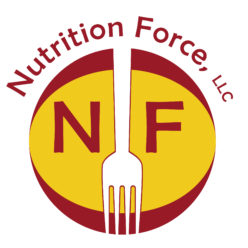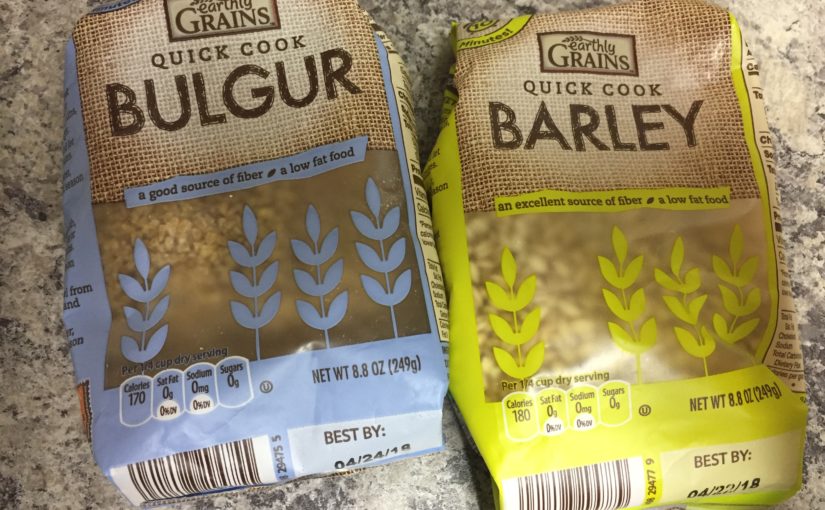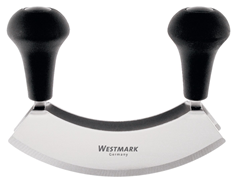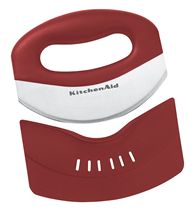Since the previous blog post discussed whole grains, I want to continue with this topic. I will talk about 20 different grains over the course of five posts. The first two posts, including this one I will discuss grains that contain gluten. Gluten is a protein that is found in some grain products. Gluten can cause issues with people who have celiac disease or are intolerant to gluten. This first post I will discuss wheat, rye, barley, bulgur, and freekeh.
Wheat is one of the most commonly consumed grains in the world. There are two main varieties of wheat that are eaten today. Durum wheat is usually made into pasta, whereas bread wheat is usually used for other wheat foods. Bread wheat can be hard or soft, depending on its protein content. It is also classified as winter or spring, depending on when the wheat was sown, or as red or white depending on the color of its kernels. Bread wheat, or common wheat, is the most common species. Wheat can be found in many different forms, including bulgur (see below), wheat berries (read upcoming post), cracked wheat, and wheat flakes. Whole grain wheat can be a rich source of various antioxidants, vitamins, minerals, and fibers.
Whole rye is popular in Europe and the country of Russia, since rye grows well in areas that are too wet or cold for other grains. Rye flour is heavier and darker than most flours and it contains less gluten than wheat flour. Rye products also usually have a lower glycemic index than products made from most other grains, which can be beneficial for people who have diabetes. Many rye flours are not whole grain. To ensure you are consuming a whole grain rye look for “whole rye” or “rye berries” on the label.
Barley is a unique grain in the fact that the fiber of this grain is found throughout the grain, not just in the bran. Barley can be found in hulled or hull-less and pearled or quick-cooking varieties. Pearled barley contains 3 grams of fiber whereas hulled barley can contain double this amount. Research has shown that barley can lower cholesterol and help combat diabetes and prediabetes. Barley has most of the same vitamins and minerals as other whole grains. Barley has high levels of beta-glucan fiber and according to recent research, beta-glucans reduce cholesterol, help control blood sugar, and improve immune system function. New research shows beta-glucans may even be radioprotective (help bodies hold up better to chemotherapy, radiation therapy, and nuclear emergencies).
Bulgur results when wheat kernels are boiled, dried, cracked, and then sorted by size. Since bulgur has been precooked, it only takes 10 minutes to cook. Bulgar is important in Middle Eastern cuisine and provides all the health benefits of whole grains, such as prevention of heart disease and diabetes. Bulgur has more fiber then quinoa, oats, millet, buckwheat, and corn.
Freekeh was first discovered in 2300 BC in the Mediterranean. It is harvested when the plant is still young and green and is a hard wheat. Freekeh is high in protein, fiber, lutein and zeaxanthin. Lutein and zeaxanthin help protect the eyes and benefit digestion.
Of the five grains I discussed in this post two of these I was able to purchase at Aldi for $1.69.
Sources: Whole Grains Council (www.wholegrainscouncil.org); Food and Nutrition (www.foodandutrition.org)



